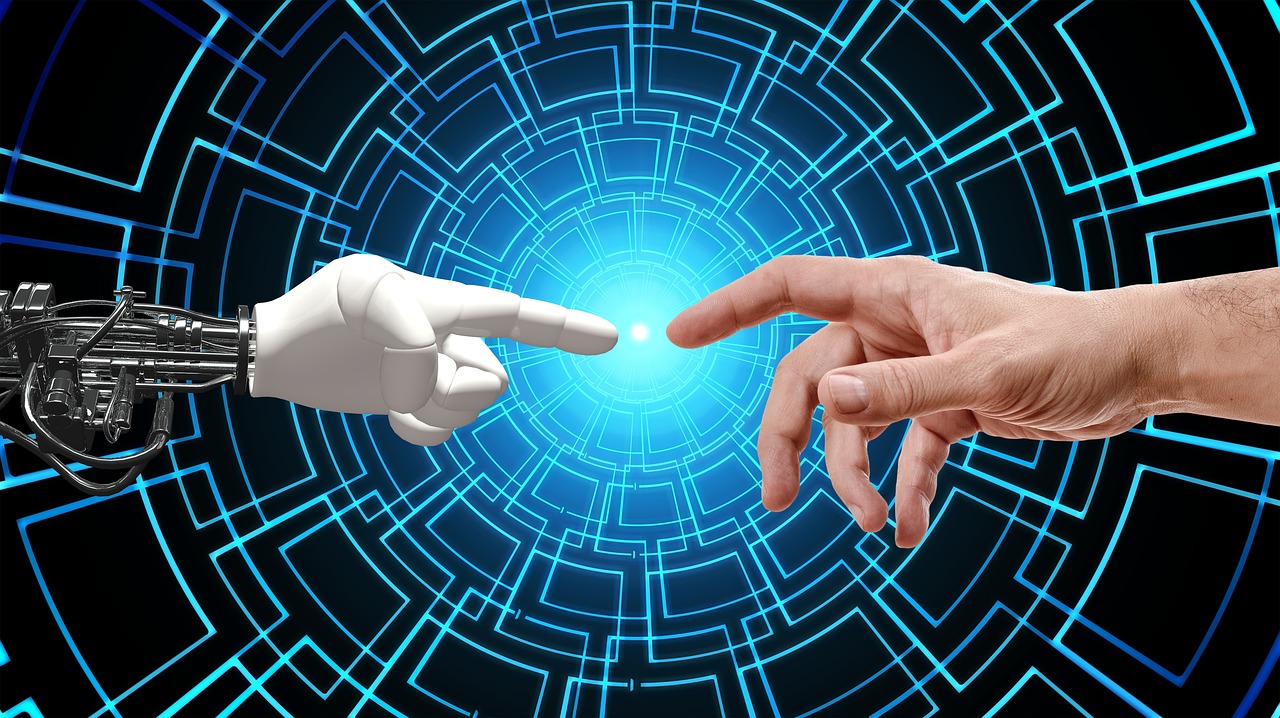
How Artificial Intelligence Technology Has Reshaped Smart Homes
In the past, the idea of being able to control the home security system, temperature, and lighting of your home remotely from a smartphone seemed like a science-fiction movie. The notion of controlling different smart devices with your voice would have seemed like a far-off luxury.
For decades, smart homes are a concept that visionaries have thought about. Now, they have become a reality, all thanks to many gadgets available that make up a smart home. For this reason, it is now common for people to now control the air conditioning or unlock their front doors remotely.
However, these smart home devices are only the beginning of the rise of smart home technology. Take note that the future evolution and popularity of this technology is driven by Artificial Intelligence.
In this post, here’s how AI technology has transformed smart homes. Read on!
Smart Homes And Artificial Intelligence
Would having appliances, home security, or temperature control all connected to IoT (Internet of Things) be as famous today if they were only controlled via our mobile phones? Well, the answer is not.
The most significant driver of the growing popularity of smart home technology is the introduction of Artificial Intelligence-powered personal assistants. Back in 2011, Siri was first introduced in the mass market.
Then, suddenly, iPhone users had a voice-controlled AI system in hand. Two years later, Amazon debuted Amazon Echo and Alexa, and Microsoft launched Cortana, which continues to prevail in the market today.
With all these devices, it appeared like homeowners had a voice-controlled speaker in their homes. In fact, in 2018, about 45.4 million US citizens owned a smart speaker. By merely speaking to these devices, multiple activities could be done without lifting a finger.
You can use the Alexa smart assistant to control a compatible security camera. Just say “Alexa, show the front door” or “Alexa, stop” to do particular commands. There are a lot of Alexa-compatible surveillance cameras to list, including Arlo Pro 2 and Nest Cam Indoor. Read an Arlo vs Nest comparison to know more about these products
Moreover, even if we’re using Artificial Intelligence on a day-to-day basis nowadays, the current system highly depends on the human initiative. By that we mean, telling our smart assistants what tasks to do and when to do them.
These digital assistants are user-driven. However, would they be more AI-driven in the future?
Home Automation
Not only Artificial Intelligence offers simplicity, but it also provides safety and protection through home automation. Before, home security was limited to the rich. However, now, home security is becoming more accessible and affordable as one can see by checking vivint pricing.
Home security becomes smarter with home automation. Linked IoT surveillance systems can be linked to a home Artificial Intelligence, notifying the people of any changes around or in the house, or any suspicious activities.
Furthermore, home security camera systems can be controlled from a computer or a mobile phone if the AI senses something suspicious. Conventional home security systems need many user inputs. Say, for instance, when leaving your home, you need to activate or deactivate a security system from a local access point.
But this is no longer the case with home automation through Artificial Intelligence. Home security systems can be enabled or disabled with a simple voice command. Therefore, allowing remote access to a security system of a home by use of a computer of a mobile phone.
Additionally, AIs are intelligent enough to identify different voices. Thus, a person or individual not vocally authorized to set foot in a home wouldn’t be allowed to enter. The ease of use of such systems let users spend more time living and worry less.
Incorporating a Smart Network
For every household, utility costs are a chief concern. Surging prices have restricted the amount of excess and waste that was tolerated in the past. Because of this, companies have been making or building high-efficiency systems for the home.
Take appliances like televisions, heaters, ovens, and refrigerators that are made to help reduce power consumption. Also, water usage is a worry as well. Lower garden systems and usage bathroom amenities are materializing on the market.
Most of these systems function well. However, they can perform much better if incorporated with a smart network. Iot home appliance can lower the costs of the user by intelligently regulating the use of particular resources.
For instance, if you’re not home, the AI can disable the HVAC system. Also, smart window shades or blinds can be controlled to adjust the amount of sunlight allowed in a home. Ultimately, when Artificial Intelligence is integrated into these systems, users don’t have to worry about keeping a check on such devices. An AI will notify you if a device isn’t functioning, or changes need to be made.
Takeaway
Indeed, home automation is revising the way people deal with their daily tasks. Artificial Intelligence is, at present, becoming very powerful that the chores in the past are no longer a concern in the future. Eventually, as access increases and technology advances, smart homes will be more apparent in the future.
Author’s Bio:
Tyler Pack is a writer and a blogger. He loves to write about technology, business, real estate, and home security. In his free time, Tyler spends time with his wife and kids.



